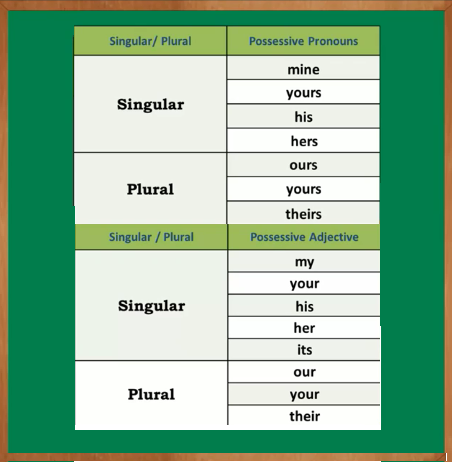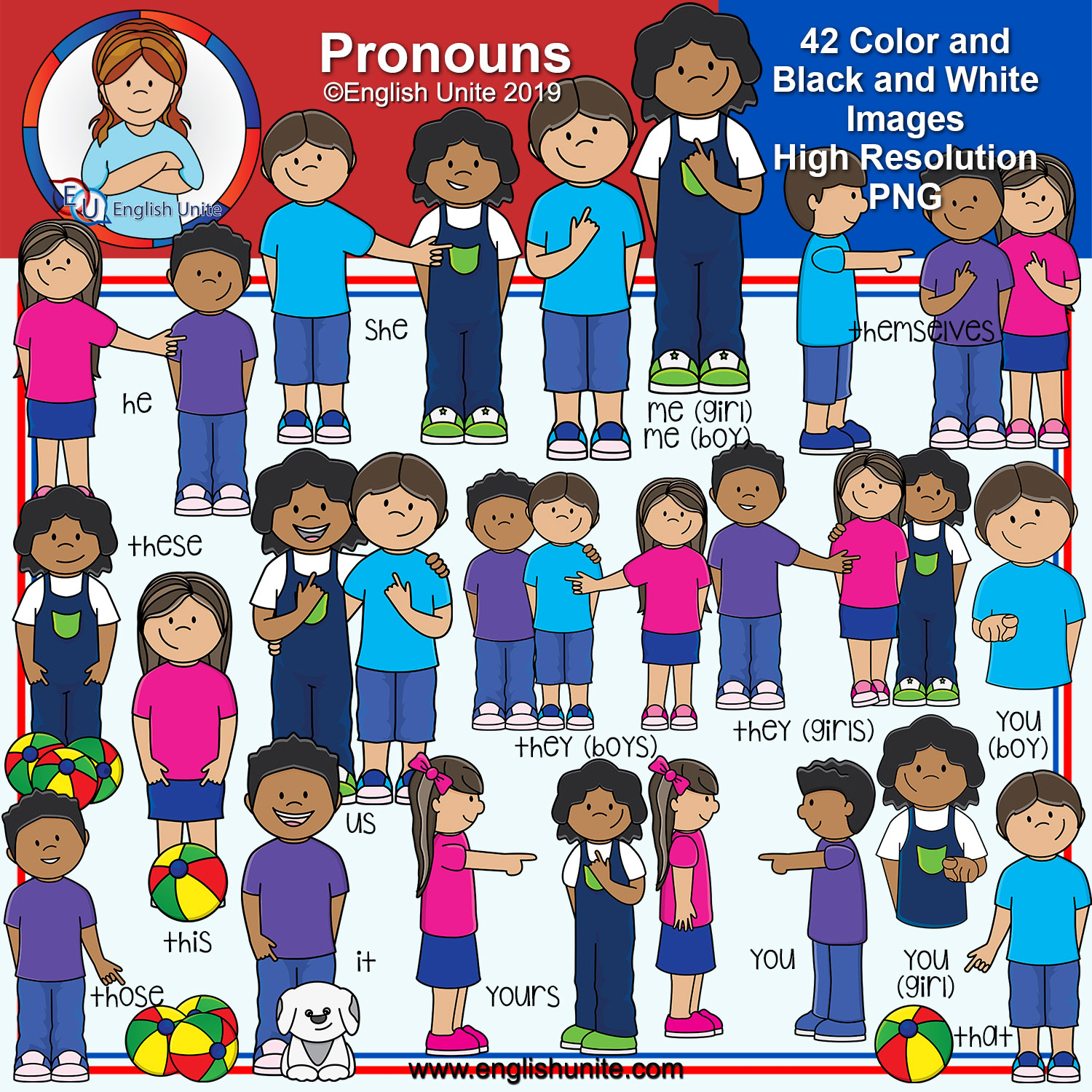

Ksiazek, who for about a year before switching to all pronouns used she/they pronouns, has seen various pronoun iterations among friends: “I think there sometimes tends to be this sort of pattern where you start off with the pronouns everyone has been using, based on what sex you were assigned at birth, and then you use ‘they’ and somehow you go to ‘she/they’ and then, I thought, why not add ‘he’ in there as well?” And they may actually wind up identifying as nonbinary, and then they are saying, ‘I don’t care which you use.’” But sometimes with others, he adds, it’s more of a signal “that they are sort of rejecting of binary gender in general … so it’s more of a mix of allyship and a rejection of binary gender as a concept, regardless of whether they feel like a boy or girl or man or woman.” He adds, “I think we’re only going to see an uptick in all-pronoun usage.” It’s important to never assume one’s gender identity for any reason, including the pronouns they use.”įrom what Hammack has observed, “In many cases, they might be kind of exploring the possibility of nonbinary gender … testing the waters.

"Pronouns can, at times, be a signifier for someone’s gender identity - but not always. “One may not identify as having a single, unchanging gender and might feel comfortable and connected to any pronouns," they say. “A person might use all pronouns for a number of reasons, and all are perfectly valid,” executive director at the LGBTQ student support organization GLSEN, Melanie Willingham-Jaggers (who uses she/they pronouns), tells Yahoo Life.

“There are days where I feel like a woman and a man at the same time, while other times I’m a human roaming this Earth, and gender has nothing to do with it," says Kathryn (Kat) Ksiazek, 22, an Ithaca College senior who identifies as gender-nonconforming and has been using all pronouns for about a year. Now comes a recently rising embracing of "all pronouns," by one individual, with more and more young people saying they go by “she/he/they." Then, in recent years, as our understanding and interpretation of gender identity has continued to stretch and evolve, especially among young people, a new option emerged: “they/them,” typically signaling that the person identified as nonbinary - otherwise known as genderqueer or genderfluid - meaning outside of the male-female gender binary.

He, she or they? Here's why some folks are saying, "All of the above." (Images by Getty Illustration by Alex Cochran)įirst there were the traditional pronouns: “she/her” and “he/him.”


 0 kommentar(er)
0 kommentar(er)
